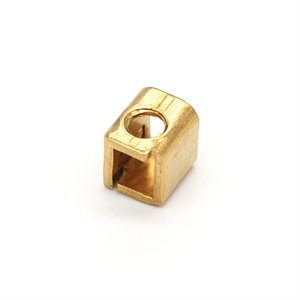Precision Metal Stamping is widely used in the transportation industry. Below are some specific examples:
Automotive parts: There are many metal stamping parts in automobiles, such as shock absorber stamping parts, spring trays, spring seats, spring brackets, end caps, covers, compression valve covers, compression valve sleeves, oil seal seats, bottom covers, dust covers, impellers, oil cylinders, support ears, brackets, etc. These stamped parts can be manufactured with high precision and complex shapes through precision stamping technology, meeting the performance, safety, and lightweight requirements of automobiles.
Body structural components: including body panels such as doors, roof, side panels, as well as structural components such as reinforced beams and supports. Precision stamping can produce metal parts with high strength and precise dimensions, used to construct stable and aerodynamic body structures.
Engine and transmission system components: such as engine cylinder block, cylinder head, oil pump components, gears, sprockets, etc. These components typically require high-precision manufacturing to ensure the normal operation and performance of the engine and transmission system.
Electrical and electronic system components, such as connectors, terminals, contact pieces, etc. They require precise stamping to ensure good conductivity and connection stability.
Chassis and suspension system components: such as control arms, swing arms, ball joints, bushings, etc. The quality and accuracy of these components are crucial to the vehicle’s handling and stability.
In the field of rail transit, various metal stamping parts such as carriage connectors and electrical components are also used in rail transit vehicles such as trains and subways.
With the increasing demand for product quality, performance, and lightweight in the transportation industry, the application of precision metal stamping technology in this field is also constantly developing and innovating. It can achieve efficient and high-precision production, while adapting to complex shapes and diverse design requirements, helping to improve the overall quality and reliability of transportation vehicles.
